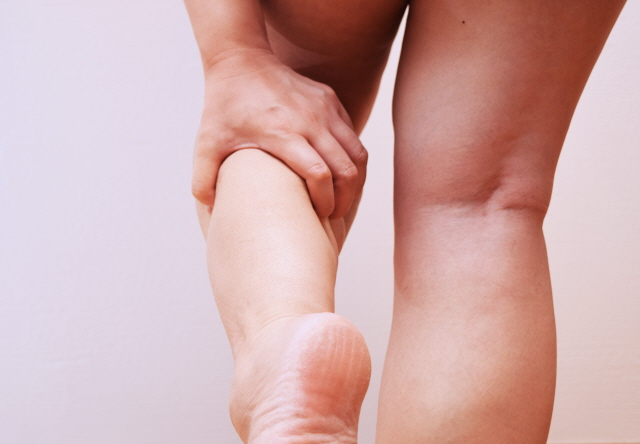
Spleen Meridian Is Used to Alleviate Swelling and Pain
By Namwook Cho L.Ac.
In addressing the issue of the spleen tonifying formula, formulated by tonifying Liv1 and Sp1 and sedating Lu8 and Sp5, it is essential first to understand lymphatic circulation.
Generally, when the spleen’s function is impaired, lymphatic circulation becomes problematic. This condition is often seen in individuals with a constitution prone to excess heat in the upper body. This is because the Spleen Meridian, starting from the toes, struggles to ascend to the upper parts of the body, leading to circulation issues. When circulation is blocked for an extended period, heat develops and dries the surrounding moisture continuously. This process is the mechanism through which symptoms of spleen fullness arise, and in modern terms, it can be described as a problem with lymphatic circulation.
Accurate diagnosis is crucial to effectively using Saam acupuncture. Once the diagnosis is made, the treatment approach is established, eliminating concerns about how to proceed. The difficulty lies in the fact that accurate diagnosis can be challenging.
The complexity of Korean Medicine, deeply rooted in philosophical traditions, presents a challenge in achieving accurate diagnosis. This complexity underscores the necessity for continuous learning and understanding in Korean Medicine.
As previously discussed, symptoms such as generalized body swelling or puffiness around the eyes are often related to lymphatic circulation problems.
It’s crucial to understand that eye symptoms can be classified into two types: upper eyelid swelling and puffiness under the eyes. Both are related to disruptions in lymphatic circulation involving the stomach and spleen. Swelling of the eyelids is treated using the Spleen Meridian, while puffiness under the eyes is addressed with the Stomach Meridian.
In clinical practice, the choice between spleen tonifying or spleen sedation often depends on the patient’s physical condition. For instance, spleen tonifying is frequently used for individuals with a higher body mass, and for those with a cold constitution, spleen tonifying is typically tried first.
If the diagnosis is accurate, Saam acupuncture should yield immediate results. If there is no noticeable improvement, alternative treatments should be considered.
Indications
- General body swelling, heaviness, and fatigue.
- Widespread body pain.
- Swelling of the eyelids.
- Post-injury eyelid swelling.
- Tension in shoulder muscles. For shoulder issues, gallbladder tonifying and small intestine tonifying are usually the first choices, with spleen tonifying or sedation used as supplementary treatments. Gall Bladder tonifying is appropriate if there is tenderness at GB21, and Small Intestine tonifying is used if there is pain at SI11.
- A sensation of blockage between the chest and CV12.
- Abdominal bloating and discomfort. If tenderness is also present at ST25, a large intestine sedation formula should be applied.
- Swelling in the legs.
- Arthritis. For arthritis in overweight individuals, Spleen sedation is typically used first. For arthritis in leaner, younger patients, a gallbladder tonifying formula is preferred.
































